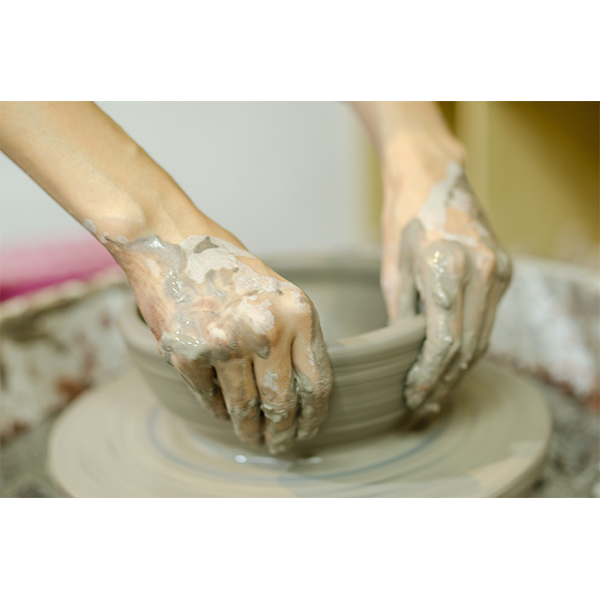Understanding Cellulose Ether in Wall Putty Applications
When it comes to modern construction and interior design, wall putty plays a crucial role in providing a smooth and finished surface for walls. One of the key ingredients contributing to the effectiveness and performance of wall putty is cellulose ether. This versatile compound is derived from natural cellulose and holds significant importance in enhancing the properties of wall finishes.
What is Cellulose Ether?
Cellulose ether is a modified form of cellulose, a natural polymer found in the cell walls of plants. It is produced by chemically altering cellulose to improve its solubility in water and enhance its binding properties. This modification allows cellulose ether to serve various functions in construction materials, particularly in wall putty.
Key Benefits of Cellulose Ether in Wall Putty
1. Improved Workability One of the primary advantages of using cellulose ether in wall putty is its ability to enhance workability. It imparts a creamy consistency to the putty, making it easier to apply and spread on surfaces. This characteristic is particularly beneficial when achieving a smooth finish on walls.
2. Water Retention Cellulose ether significantly improves the water retention capacity of wall putty. This means that the putty remains open for longer periods during application, allowing for better adhesion and less risk of cracking. The extended working time is especially advantageous for large projects where meticulous application is required.
cellulose ether for wall putty

3. Thixotropic Properties The thixotropic nature of cellulose ether allows wall putty to maintain its viscosity when left undisturbed, yet it becomes more fluid upon stirring or applying pressure. This property ensures that the putty can be easily manipulated during application while resisting dripping or sagging, leading to a more professional finish.
4. Adhesion and Binding Cellulose ether enhances the adhesion of wall putty to various surfaces, including concrete, plaster, and drywall. This strong binding capability ensures that the putty adheres firmly, reducing the likelihood of peeling or cracking over time and improving the longevity of the finished wall.
5. Flexibility Incorporating cellulose ether into wall putty improves its flexibility, allowing it to accommodate slight movements in the substrate without compromising the integrity of the surface. This flexibility is crucial for maintaining a durable finish over time, especially in areas subject to environmental changes.
Environmental Considerations
Cellulose ether is derived from renewable plant sources, making it a more environmentally friendly option compared to synthetic additives. This aligns with the growing demand for sustainable building materials in the construction industry.
Conclusion
In summary, cellulose ether is a vital component in wall putty formulations, providing numerous benefits that enhance the application process and overall performance of the product. From improved workability and water retention to better adhesion and flexibility, cellulose ether plays a key role in ensuring that wall putty meets the high standards required in modern construction. As builders and designers continue to prioritize quality and sustainability, the use of cellulose ether in wall putty is likely to become even more prevalent. By choosing wall putty with cellulose ether, one can ensure a quality finish that stands the test of time.






